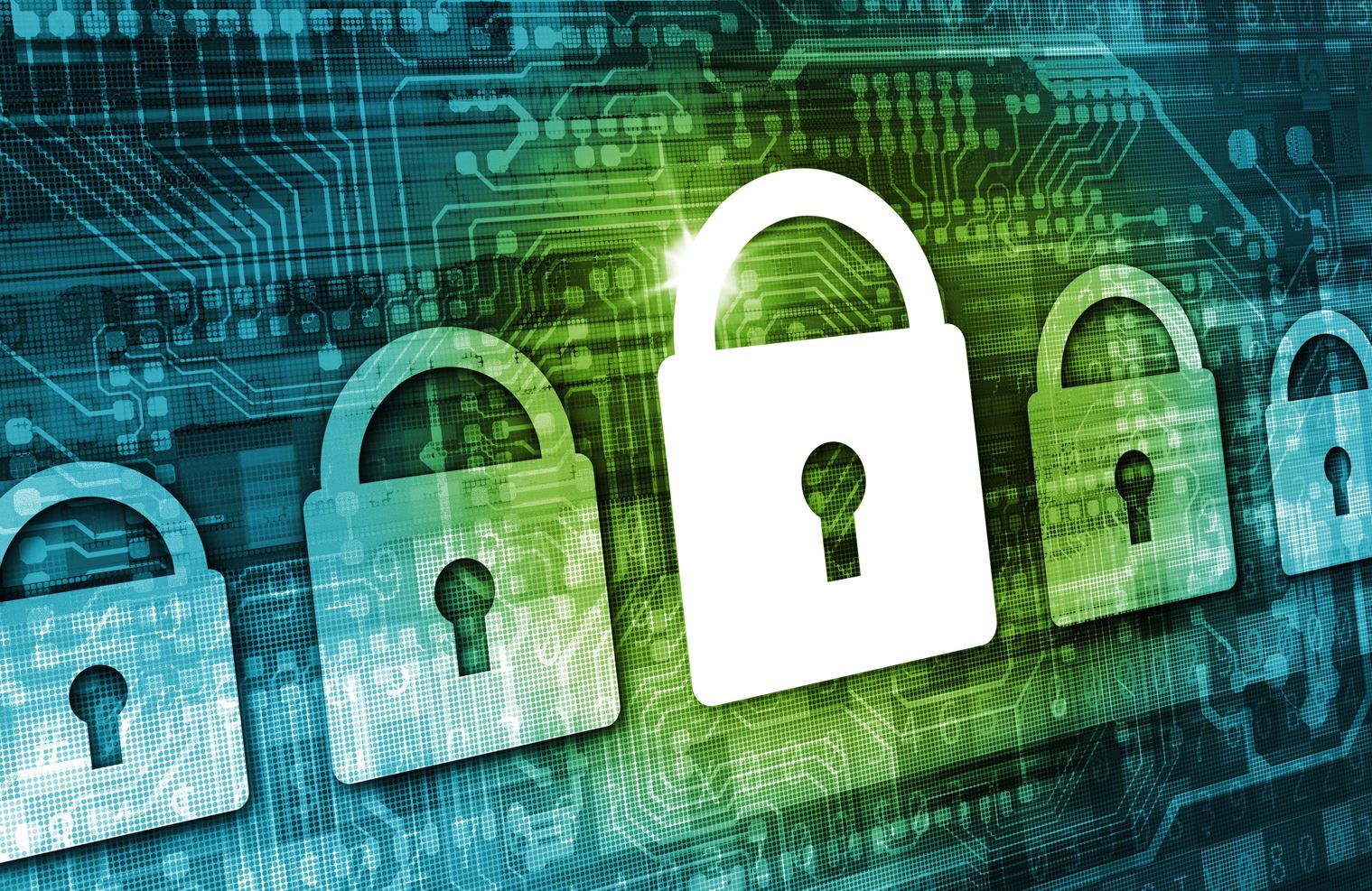In today’s digital age, the threat of cyber attacks has become increasingly common. We’ve seen a number of high-profile examples over the last two years, resulting in stolen data, damaged or destroyed networks, financial losses, and reputational damage.
A cyber attack is a malicious attempt to disrupt, damage, or gain unauthorised access to computer systems, networks, or digital devices. This type of attack is often carried out by individuals or groups intending to steal, alter, or destroy data, disrupt operations, or achieve other malicious or unlawful objectives.
To counter this threat, individuals and organisations must be proactive in their approach to cyber security, with understanding and implementing cyber security measures crucial to your digital well-being and business continuity.
Whether you’re a business owner or an individual user, knowing how to prepare for a cyber attack is essential. In this comprehensive guide, we’ll walk you through the steps to protect your digital assets and maintain your peace of mind – from evaluating your preparedness to taking preventive measures and responding effectively should an attack occur.

Signs of A Cyber Attack
In cyber security, being aware of the signs of potential cyber attacks is vital. Detecting unusual system and network activities can serve as an early warning, helping you respond quickly to threats and minimising any potential damage.
Some of the main signs of a cyber breach to look out for include:
- A significant drop in network performance could be a sign of a denial-of-service (DDoS) attack – an attack that intends to shut down a machine or network, making it inaccessible to its users.
- Domain administrator account lockouts: repeated lockouts due to failed authentication attempts or changed passwords without your knowledge is a sign of an attempt to breach network security. You should investigate this immediately to prevent unauthorised access.
- Unusual remote access authentication: simultaneous logins or multiple login attempts from distant locations can indicate that someone is trying to hack your computer or system.
- Suspicious communication: your email contacts (whether within or outside of your business) let you know that they have received strange emails from you (phishing).
- Strange activity on your devices, from unusual folders on your desktop to an increase in the number of pop-ups, changes in settings, error messages you’ve never seen before, unusable programs and computers crashing and restarting by themselves.
Remaining watchful, having plans in place and swiftly responding to these indicators can strengthen cyber security defences and reduce any potential damage.
Cyber Attack Checklist
When considering how to prepare for and detect a cyber attack, organisations should undertake a cyber security evaluation of their preparedness.
Identification of Critical Systems and Data
Do you know which systems and data are vital for your business operations? Identifying these assets is the first step toward safeguarding and preparing for a cyber attack. This process involves several aspects:
- Inventory: list all systems, applications, and data sources, digital and physical.
- Categorise: prioritise assets based on importance, from mission-critical to less essential.
- Impact analysis: assess potential consequences of asset loss for finances, operations, and compliance.
- Dependencies: recognise interconnections between assets to manage ripple effects.
- Stakeholders: involve experts and leaders for accurate assessment.
Pinpointing critical assets enables better resource allocation, tailored security, and faster recovery, enhancing overall business resilience.
Business Continuity and Disaster Recovery Plans
Do you have plans in place to ensure business continuity in the face of a cyber attack?
Having strategies to respond and recover quickly can mitigate the impact of an attack. These can include an incident response plan, staff training, documented response procedures, establishing an emergency response team, communication/PR strategies, and regularly backing up data systems so they can be recovered quickly.
Service Provider Agreements
Have cyber security incident reporting and response activities been incorporated in your Service Level Agreements with service providers such as your IT company? Collaboration and speediness of response are essential in the event of an attack, so be sure to review all your SLAs.
Legislative Obligations
Are you aware of your legal responsibilities for reporting cyber security incidents?
Compliance with regulations is vital for avoiding legal repercussions after an attack. For example, if you become aware that a critical cyber security incident has occurred, or is occurring, AND the incident has had or is having a significant impact on the availability of your asset, you must notify the Australian Cyber Security Centre (ACSC) within 12 hours.
Public Communications Plan
Do you have a plan to communicate with not only your staff and customer base, but also key stakeholders and the general public in case of an attack? Transparency and timely communication can help to maintain trust and manage the situation effectively.

Protecting Yourself Against a Cyber Attack
Preventing a cyber attack is just as important as responding to one. Here are some proactive measures you can implement:
- Software and OS updates: keep all software and operating systems up-to-date with the latest security patches. This reduces vulnerabilities that attackers can exploit.
- Encrypted communications: use encrypted internet communications to ensure that your online interactions are secure and not easily intercepted.
- Strong passwords and two-factor authentication: use strong, unique passwords for each account and enable two-factor authentication where possible. This adds an extra layer of security.
- Suspicious activity monitoring: keep an eye out for unusual or suspicious activity on your accounts and devices. Investigate and take action if needed.
- Take caution with personal information: never share personal information with suspicious individuals or websites. Cyber attackers often pretend to be people or businesses they are not to gather sensitive data.
- Secure internet connection: protect your Wi-Fi network with a strong password and encryption. An insecure network can be an entry point for attackers.
- Staff education and processes: keep staff informed and educated about the measures needed to prevent a cyber attack and the processes that need to be followed to do so.
What To Do During a Cyber Attack
Despite the prevention measures you have put in place, a cyber attack can still occur. In such cases, a well-coordinated response is crucial. Here are some steps to minimise the impact of such an attack:
- Report the issue to your IT department/provider immediately and express the severity: your IT department/provider can investigate, contain any breach, and then assess and repair any damage.
- Mobilise your incident response team if you have one: they will work with the IT team and other people within your business to coordinate priorities and a response.
- Reduce damage: if you suspect an attack, change your internet account passwords immediately to prevent further compromise.
- Device scanning and cleaning: scan and clean your devices to remove any malware or unauthorised access.
- Communication: keep staff and other stakeholders informed of what is happening and the actions being taken. Clear communication can aid in managing the situation.
- Financial account contact: reach out to banks, credit card companies, and other financial institutions to secure your accounts.
What To Do After a Cyber Attack
After a cyber attack, prompt reporting to authorities such as the Australian Cyber Security Centre is crucial. Reporting aids investigations, enhances threat intelligence, and guides preventive measures.
Post-cyber attack is also an excellent opportunity to analyse the attack, patch vulnerabilities, and reinforce security measures. This proactive approach can enhance your organisation’s resilience and contribute to a safer digital environment.
Unlock Your Business’s Potential with Ledge Finance
Looking for tailored finance solutions that align with your business goals? Look no further than Ledge Finance, your trusted partner in business financing for over four decades.
Our experts dive deep into your vision, goals, and business strategy to tailor finance solutions that fit your unique needs.
Contact us now to find out how we can help you.





